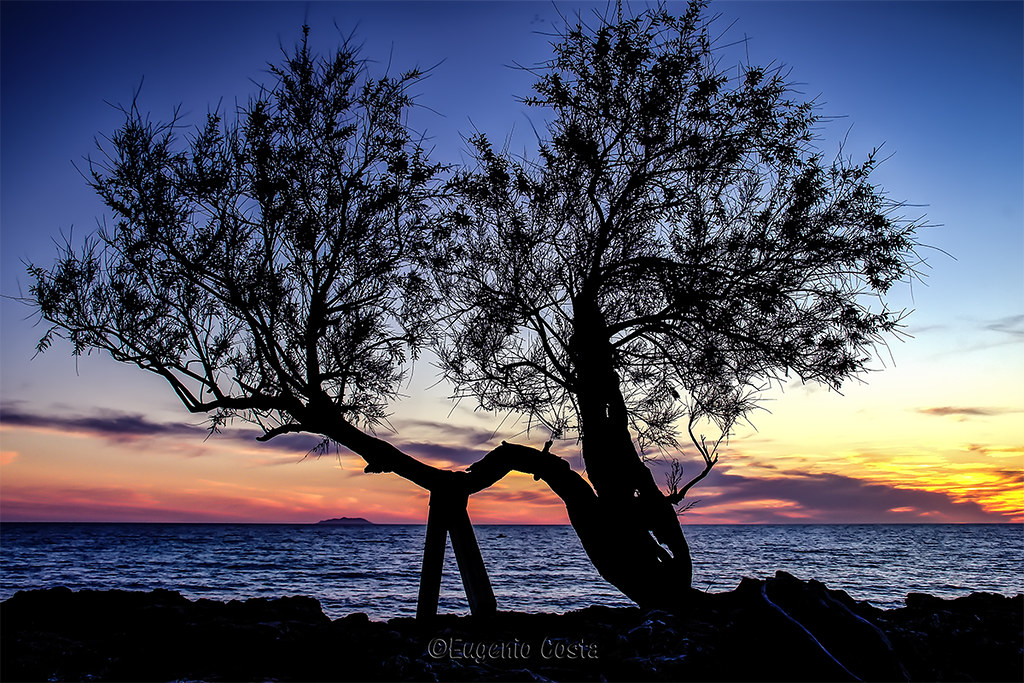The Costa Concordia, a luxury Italian cruise ship, sank in January 2012 after hitting a reef near the island of Giglio. The tragedy resulted in the death of 32 passengers on board. The incident drew widespread attention to the safety of cruise ships and brought into question the conduct of the captain and crew.
Initial reports indicated that the ship had hit a rock or other underwater obstacle, causing it to take on water. However, further investigations revealed that it was actually due to a failure of navigational procedures on behalf of the captain and crew.
The ship was off course when it struck a reef. An audio recording from the bridge showed that the captain had ordered an evacuation before officially notifying Italian authorities.
The captain was later arrested and charged with multiple counts of manslaughter and abandoning ship before all passengers were safely evacuated. He was also accused of providing false information about the incident to port authorities in an attempt to conceal his negligence. The investigation also revealed that there were inadequate safety measures in place, such as life jackets and lifeboats, which could have saved many lives.
The Costa Concordia disaster highlighted numerous issues with cruising safety. It spurred several changes in maritime laws including new requirements for emergency drills and lifeboat inspections. In addition, some cruise lines have adopted a “Safety Culture” program which encourages ships’ captains to be more aware of their surroundings at all times.
Conclusion:
The Costa Concordia was an Italian cruise ship that tragically sank in January 2012 after hitting a reef near Giglio Island due to navigational errors made by its captain and crew. The incident caused numerous changes to maritime laws as well as improved safety measures for cruise ships around the world.

